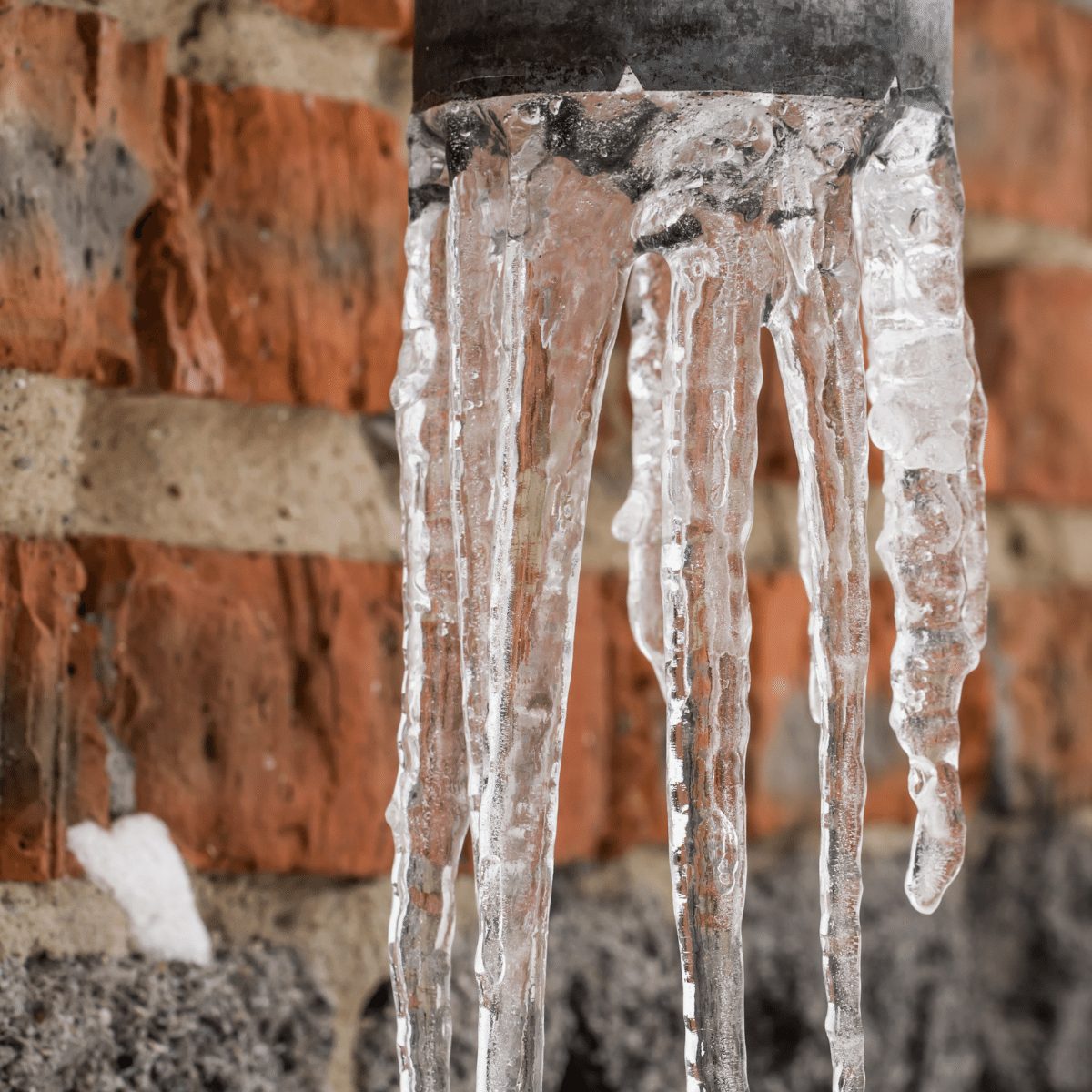How to Keep Pipes from Cold Weather Issues: Essential Tips
How to Keep Pipes from Cold Weather Issues: Essential Tips
Blog Article
They are making a number of great pointers about 6 Ways to Prevent Frozen Pipes in general in this great article followed below.

Winter can wreak havoc on your pipes, particularly by freezing pipes. Below's how to avoid it from taking place and what to do if it does.
Introduction
As temperature levels decline, the risk of frozen pipelines rises, possibly leading to expensive repair services and water damages. Understanding how to prevent frozen pipelines is essential for homeowners in chilly climates.
Comprehending Frozen Pipes
What creates pipes to ice up?
Pipes ice up when exposed to temperature levels listed below 32 ° F (0 ° C) for prolonged durations. As water inside the pipes freezes, it increases, putting pressure on the pipe wall surfaces and possibly causing them to rupture.
Threats and problems
Frozen pipes can cause water supply disruptions, residential property damages, and expensive repair work. Ruptured pipes can flood homes and trigger considerable architectural damages.
Signs of Frozen Water Lines
Recognizing icy pipes early can avoid them from rupturing.
How to identify icy pipes
Search for reduced water circulation from taps, uncommon odors or noises from pipes, and visible frost on exposed pipelines.
Avoidance Tips
Protecting vulnerable pipelines
Wrap pipelines in insulation sleeves or utilize heat tape to shield them from freezing temperatures. Concentrate on pipelines in unheated or exterior locations of the home.
Heating methods
Keep interior areas appropriately warmed, specifically locations with pipes. Open up cupboard doors to enable warm air to circulate around pipelines under sinks.
Shielding Exterior Pipes
Garden hoses and exterior taps
Disconnect and drain pipes yard hose pipes before winter months. Set up frost-proof spigots or cover exterior taps with insulated caps.
What to Do If Your Pipes Freeze
Immediate activities to take
If you believe frozen pipes, keep faucets available to soothe pressure as the ice thaws. Use a hairdryer or towels taken in warm water to thaw pipes gradually.
Long-Term Solutions
Structural adjustments
Consider rerouting pipelines far from outside wall surfaces or unheated areas. Include extra insulation to attic rooms, cellars, and crawl spaces.
Updating insulation
Buy top notch insulation for pipelines, attics, and wall surfaces. Proper insulation aids maintain consistent temperature levels and reduces the threat of icy pipes.
Conclusion
Preventing frozen pipes needs proactive measures and fast reactions. By understanding the reasons, indications, and preventive measures, home owners can secure their plumbing throughout cold weather.
6 Proven Ways to Prevent Frozen Pipes and Protect Your Home
Disconnect and Drain Garden Hoses
Before winter arrives, start by disconnecting your garden hoses and draining any remaining water. Close the shut-off valves that supply outdoor hose bibs and leave the outdoor faucet open to allow any residual water to drain. For extra protection, consider using faucet covers throughout the colder months. It’s also important to drain water from any sprinkler supply lines following the manufacturer’s directions.
Insulate Exposed Pipes
Insulating your pipes is an effective way to prevent freezing. Pipe insulation is readily available at home improvement stores and is relatively inexpensive. Pay close attention to pipes in unheated areas such as the attic, basement, crawl spaces, or garage. Apply foam insulation generously to create a buffer against the cold. You can also wrap your pipes in heat tape or thermostat-controlled heat cables for added warmth.
Seal Air Leaks
Inspect your home for any cracks or openings that could let in cold air. Seal any holes around the piping in interior or exterior walls, as well as the sill plates where your home rests on its foundation. Additionally, make sure to keep your garage door closed unless you’re entering or exiting. Leaving it open creates a significant air leak that can lead to frozen pipes.
Allow Warm Air Circulation
During cold snaps, it’s essential to allow warm air to circulate evenly throughout your home. Leave interior doors ajar to promote better airflow. Open kitchen and bathroom cabinets to help distribute heat consistently around the rooms. If you have small children or pets, be sure to remove any household chemicals or potentially harmful cleaners from open cabinets for safety.
Let Faucets Drip
A small trickle of water can make a big difference in preventing ice formation inside your pipes. When temperatures drop significantly, start a drip of water from all faucets served by exposed pipes. This continuous flow helps prevent the water from freezing. Additionally, running a few faucets slightly can relieve pressure inside the pipes, reducing the chances of a rupture if the water inside does freeze.
https://choateshvac.com/6-proven-ways-to-prevent-frozen-pipes-and-protect-your-home/

I discovered that page on Preventing and dealing with frozen pipes while doing a search on the search engines. Sharing is good. Helping others is fun. Thanks so much for your time spent reading it.
Call Today Report this page